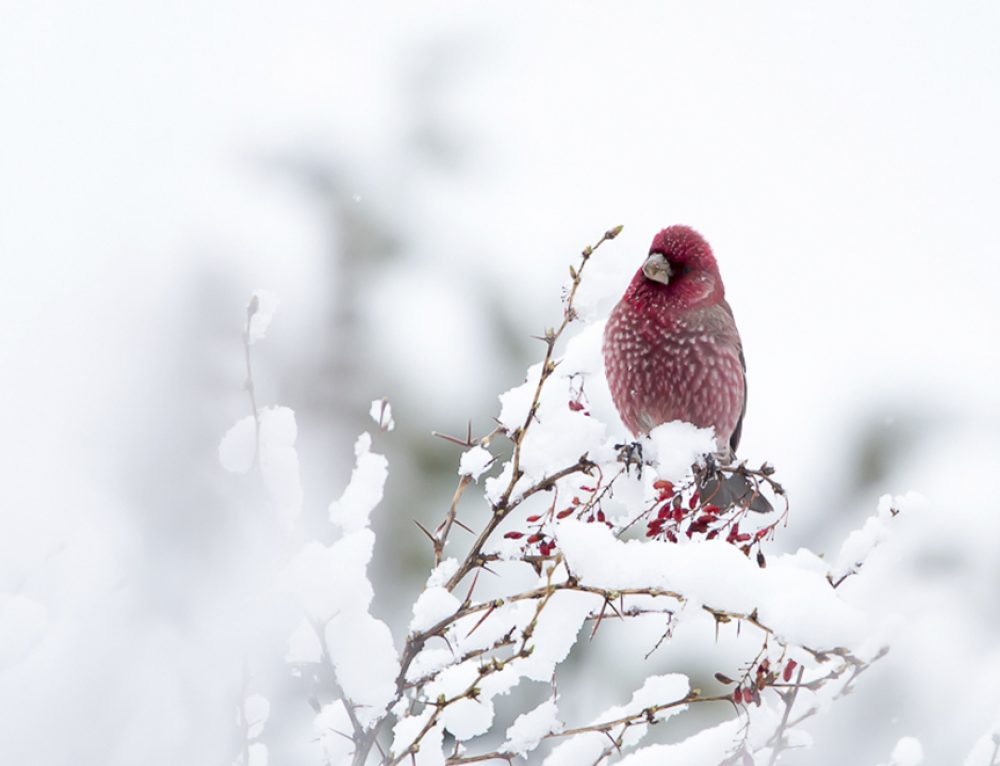Vulture and Raptor Restaurant
photo tours with hide and camouflage tents
Dedoplistskaro – a name like a tongue twister and a challenge to pronounce for any international guest. And yet, we know for certain that after your visit to this small rural town in the east of Georgia, you’ll long remember its name due to unforgettable moments of birding.
A three-hour drive from the capital, Dedoplistskaro is situated in the eastern part of Kakheti province, Georgia’s breadbasket to the east. Kakheti is famous for 8000 years-old pottery vessels discovered quite recently, testimony of the earliest winemaking in the world. However, it’s not only good wine and rich local cuisine which has established the reputation of this beautiful and hospitable part of Georgia. Kakheti offers tremendous potential for birding and photography, with Dedoplistskaro being the gateway to the vast protected areas covering a core part of the half-deserts and dry steppes of the country’s south-eastern corner. A small but nice exclave of this network of protected areas is even situated directly in the outskirts of Dedoplistskaro and just a stone’s throw away from our lodge.
The tour’s portfolio comprises two components: a ‘Vulture and Raptor Restaurant’ and different photo sessions aiming for selected target species. The ‘Vulture and Raptor Restaurant’ consists of a permanent feeding site with a hide in one of the many scenic gorges of the Vashlovani National Park and a couple of mobile feeding sites (portable camouflage tents) not far from our lodge. Most recommendable times of the year in view of diversity and action are winter (December-February), late spring (April-May), and early summer (June-July).

The Winter Tour
The dry steppes and badlands are grazed by thousands of wintering sheep, and regional rodents, such as the Libyan Jird, exhibit periodic population booms – irresistible for all sorts of aerial and four-legged predators and scavengers. Griffon and Cinereous Vultures, as well as Eastern Imperial Eagles are the main attractions. At this time of the year, they regularly got company by their relations from the high alpine zone: Bearded Vultures and Golden Eagles regularly descending down to the steppe plains to get their share of food; and the scenery may take a more dramatic shift when guests like Golden Jackals or Grey Wolves come to join the feast.
The ‘Vulture and Raptor Restaurant’ winter tour includes at least a one-day photo session in the Samukhi plains in the heart of the Vashlovani protected areas, the driest and lowest part of Georgia near the border to Azerbaijan. These transboundary desert plains are famous for ten thousands of wintering Little Bustards – by far the largest numbers worldwide! Bustards are rather timid and cautious at that time, and generally not easy to approach. However, the sheer numbers of thousands of bustards, covering the horizon and drifting over plains with grazing Goitered Gazelles, are a breathtaking sight and a unique experience. Larks are numerous, especially the omnipresent Calandra Lark; the rather unobtrusive Turkestan Short-toed Lark might require a bit more focussed search.
Winter Tour Extension: The Frosty Caucasus
This photo tour can be extended by a few days for special sessions with the two most famous of the Caucasian ‘Big Five’: Güldenstädt’s Redstarts (White-winged Redstart) and Great Rosefinches of the high Caucasus. For further information we refer to the separate description here → Link
The Spring & Summer Tours
In spring and summer seasons, the array of big-billed guests visiting the ‘Vulture and Raptor Restaurant’ widens considerably. In addition to the aforementioned year-round scavengers, Egyptian Vultures come into play, and the mainly adult Eastern Imperial Eagles of the winter are joined by immatures. In fact, any regional raptors may be expected to pay the ‘Vulture and Raptor Restaurant’ a longer or shorter visit, be it Short-toed Snake Eagles, Booted Eagles or Long-legged Buzzards. Steppe Eagles are common migrators in Georgia and the chance for a stop-over of this impressive eagle at the ‘Vulture and Raptor Restaurant’ is largest in April until mid-May. Although insectivorous Lesser Kestrels show rather little interest in such a dinner party, photo sessions aiming for this elegant colony breeder can be carried out upon request.
Further highlights of the summer are Black Francolins and wild and authentic Common Pheasants – the latter being, in many respects, the most ‘Georgian’ of all bird species. Carl von Linné himself described this species scientifically in 1758, and he named it Phasanius colchicus. The latin epitheton ‘colchicus’ refers to the Colchic lowland of western Georgia, being situated in the watershed of the Rioni river which was called ‘Phasis’ by ancient historians. Von Linné knew that the specimens available to him were shot at the banks of this large river, and consequently this ancient name became eponymous for the latin genus Phasanius.
Elegance and beauty of these two exclusive birds are rivaled only by the dazzling colors of the countless Eurasian Hoopoes, European Rollers, European Bee-eaters, and, of course, Rosy Starlings. With the onset of May, the first flocks of Rosy Starlings return from their wintering grounds on the Indian subcontinent, and by the end of the month, the villages in eastern Georgia are literally flooded with these pink birds, occupying all possible holes and crevices of both abandoned and populated buildings. With these quirky punks with their shiny metallic mohawks, photo sessions can easily be arranged without any blinds or tents.
Among the many interesting and photogenic passerines of the region, Black-headed Bunting and Isabelline Wheatear mustn’t go unmentioned. The Black-headed Bunting is a character species of the open landscape, with the simple song of the beautiful males sound from any field margin, yard, pasture, and wayside. Although a bit more picky and sophisticated in habitat requirements, an Isabelline Wheatear will never be far away.
In principle, the same applies to the nocturnal European Nightjars and Eurasian Scops Owls, both which are common throughout – so don’t forget to take your flash equipment with you! With suitable gear, diving into the pulsating nightlife of the steppes and deserts around Dedoplistskaro is photographically very worthwhile…
If you are interested in a bird species that is not included in this text, please don’t hesitate to ask us!
For more information, please send us an email at info@birdingcaucasus.com
If necessary, we can arrange a telephone meeting via Whatsapp to discuss the details of your future tour, and if it would be more convenient for you, we can also communicate in German language.
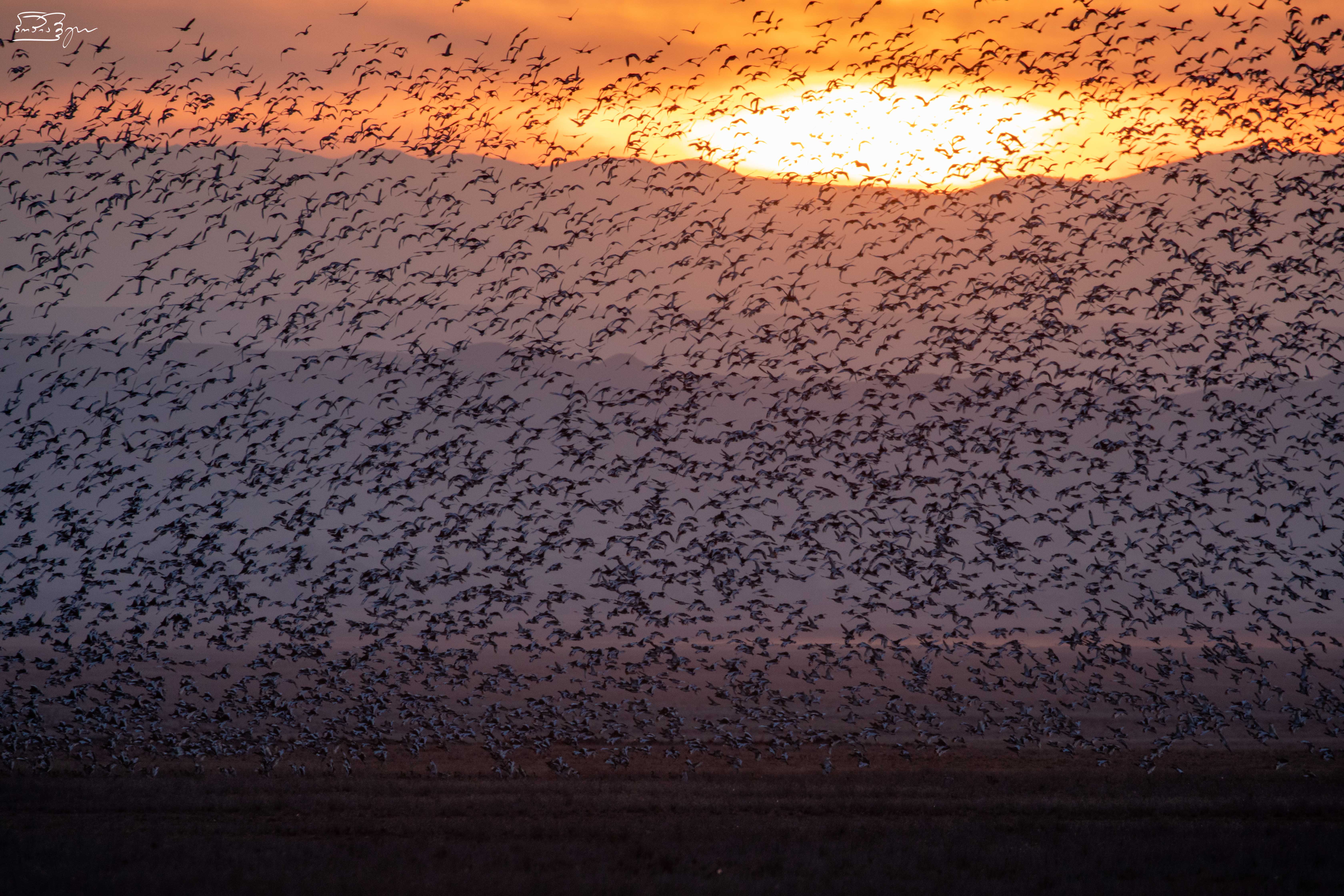
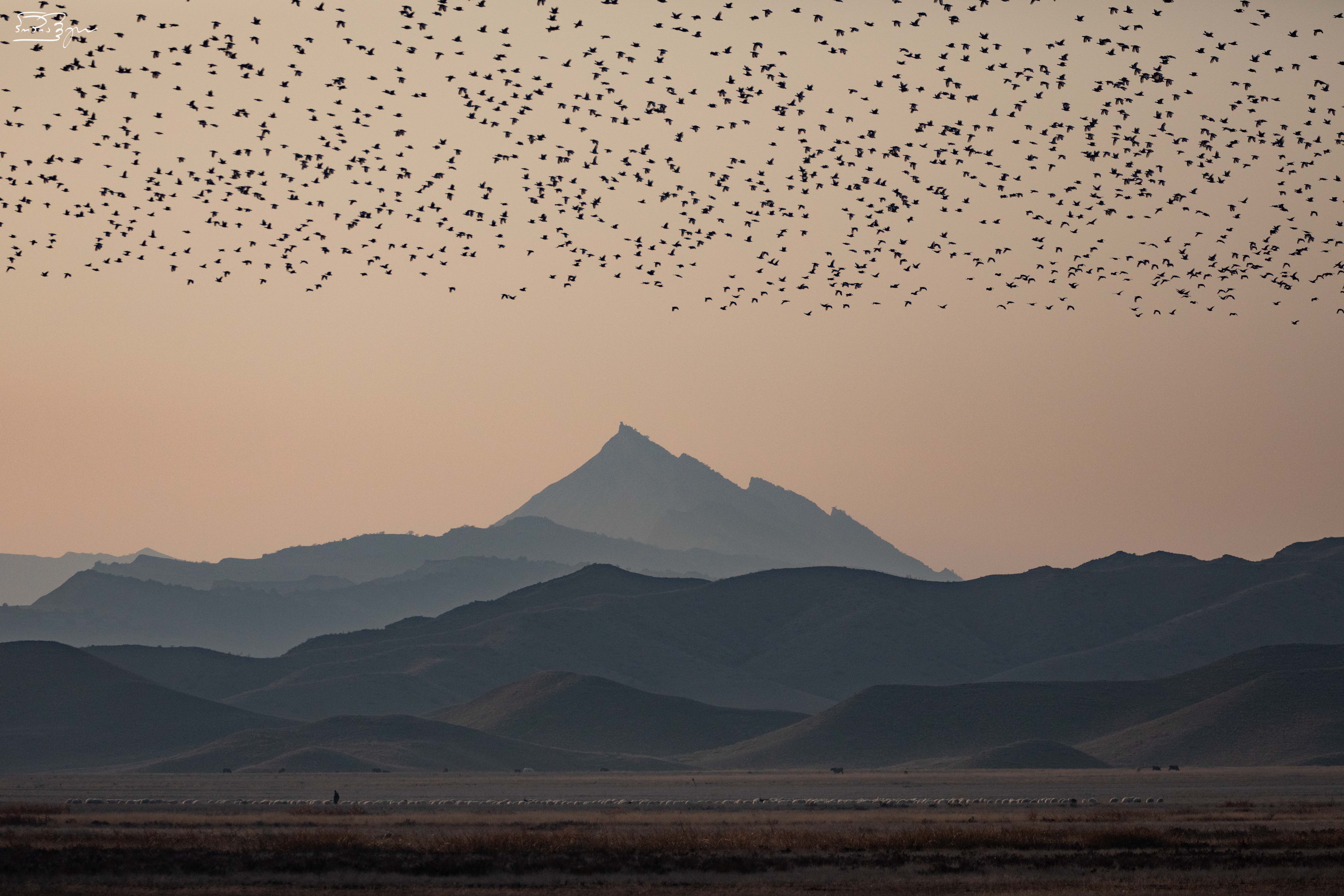



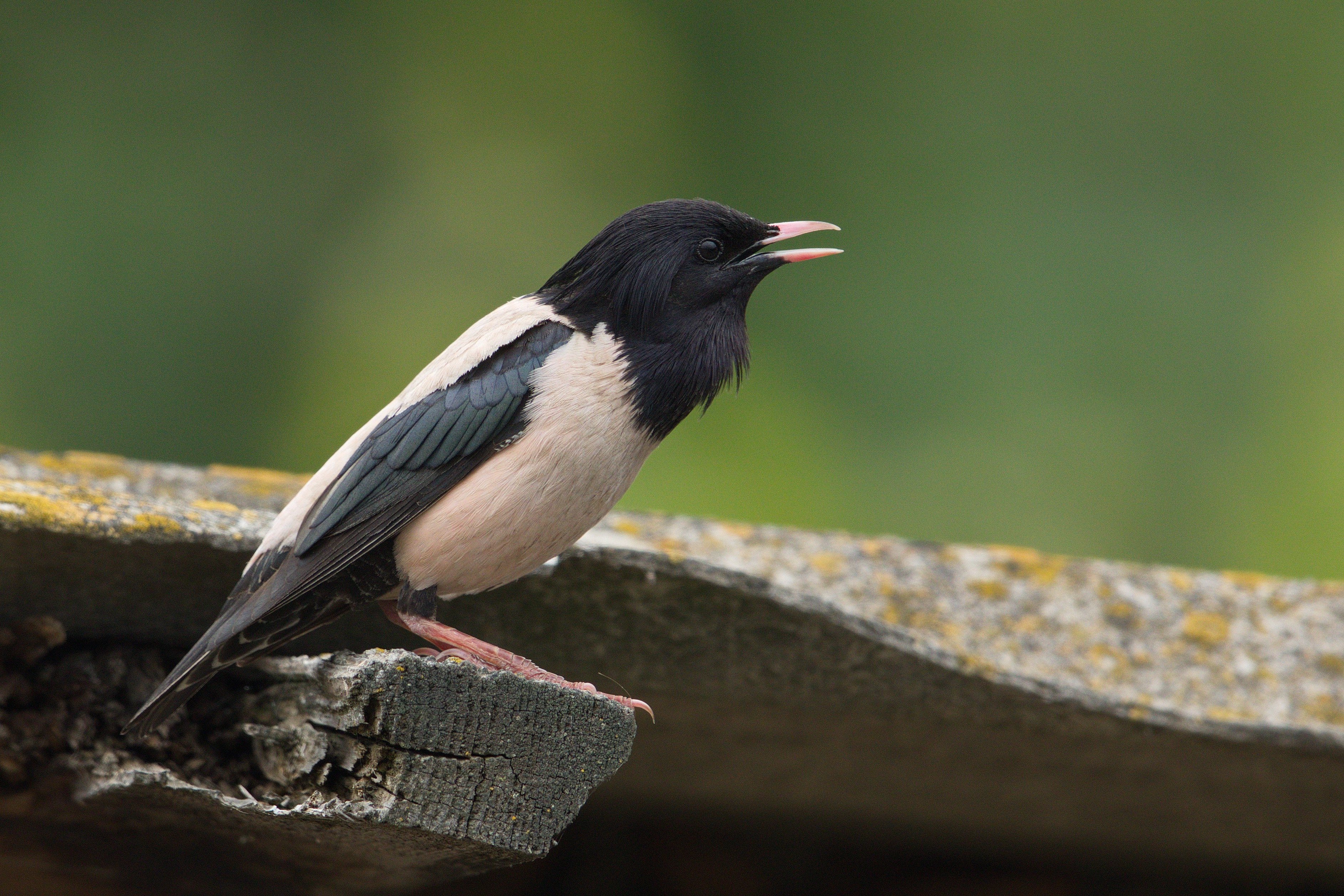
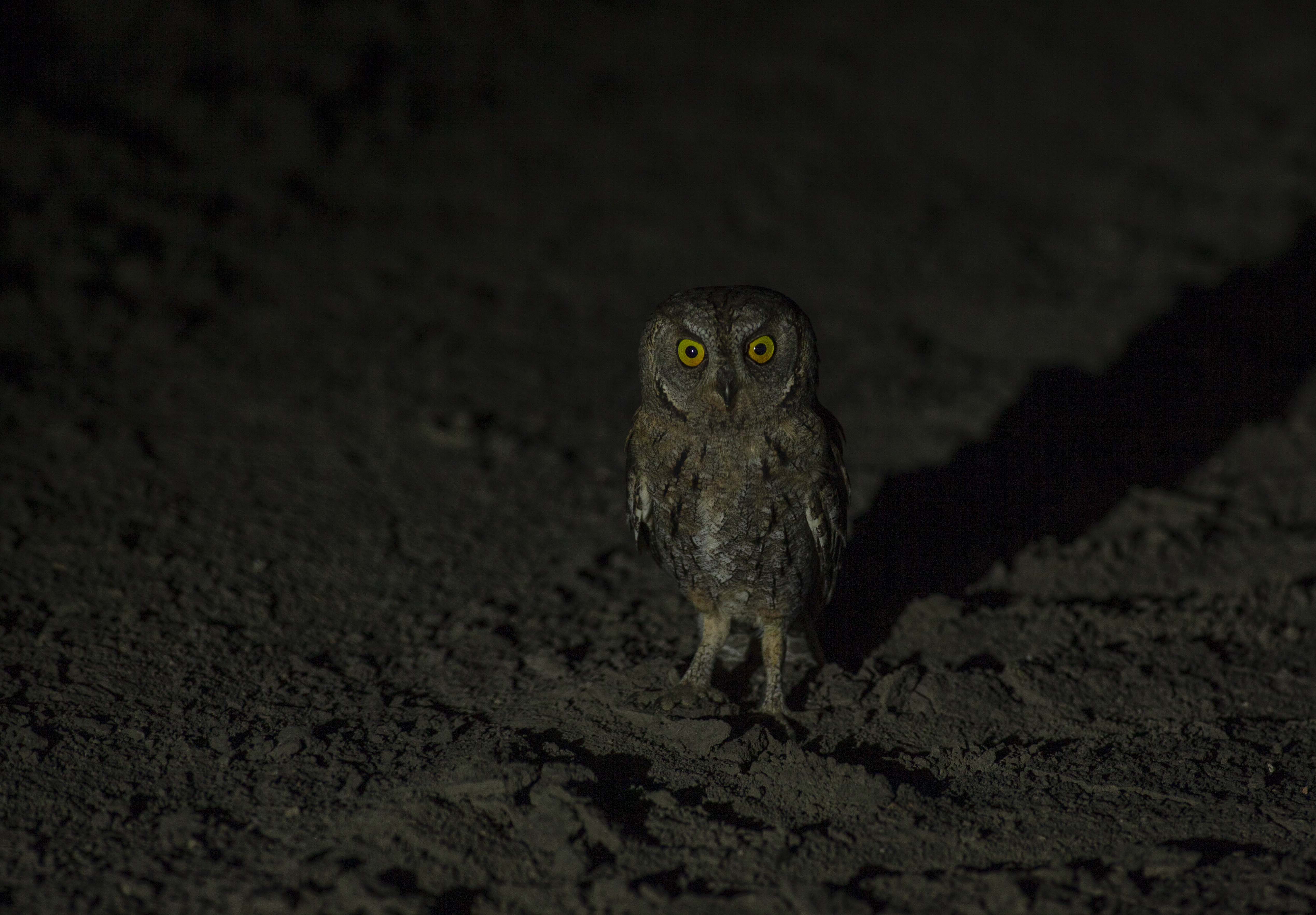
Authors of article: Asmus Schröter and Alexander Rukhaia
Photographers
- Griffon Vulture (home page) by Teimuraz Popiashvili
- Griffon Vulture (tour header) by Asmus Schröter
- Griffon Vultures (tour overview) by Teimuraz Popiashvili
- Little Bustards (tour overview) by Teimuraz Popiashvili
- Goitered Gazzele (tour overview) by Teimuraz Popiashvili
- Black-headed Bunting (tour overview) by Richard Tyler
- Isabelline Wheatears (tour overview) by Richard Tyler
- Rosy Starling (tour overview) by Daniel Kuehler
- Eurasian Scops Owl (tour overview) by Alejandro Tores


